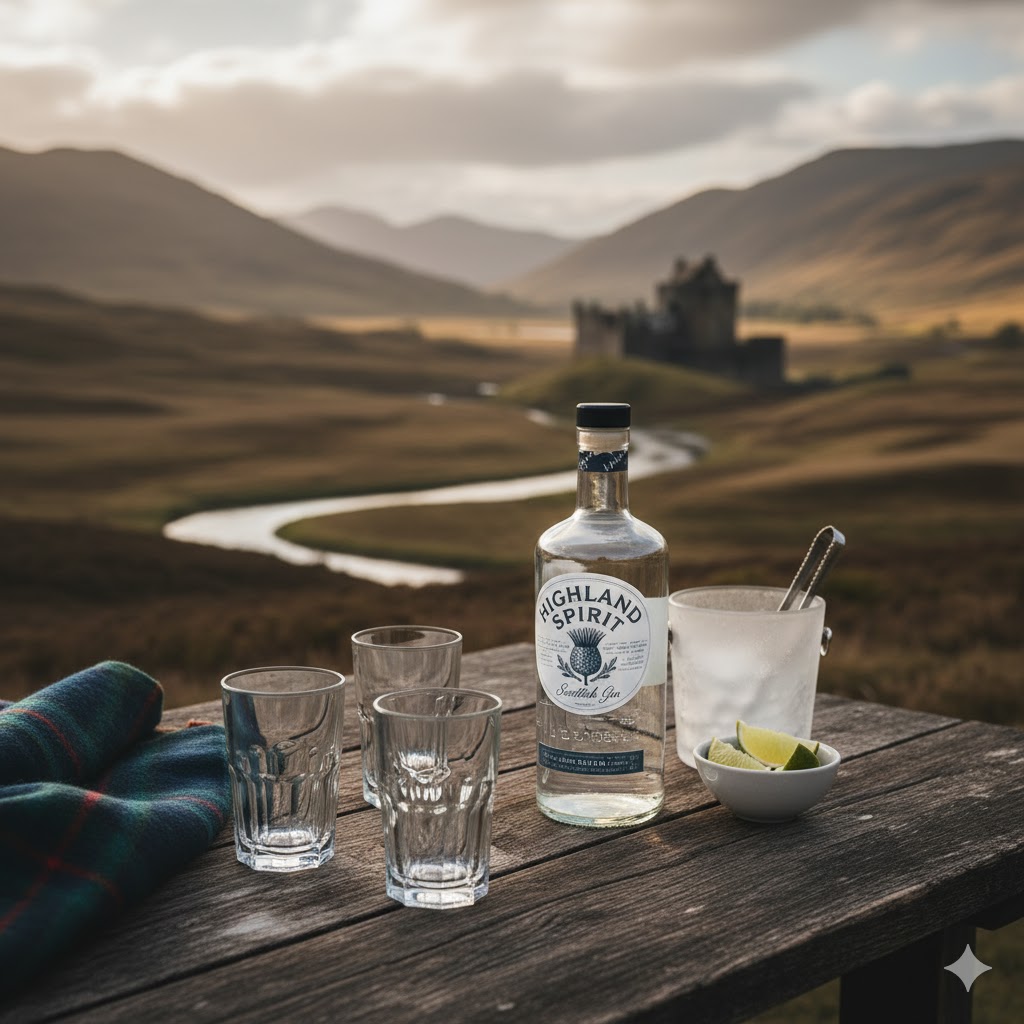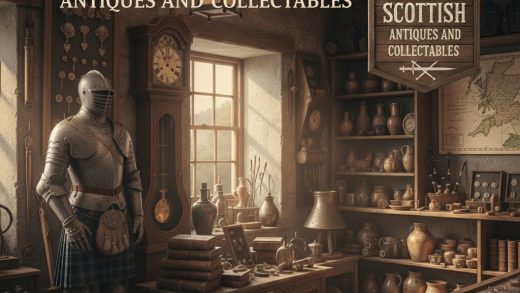What’s special about Scottish gin?
- Scotland is famous for whisky, but gin has grown massively too. There are 160 distilleries in Scotland, nearly half of all UK distilleries, and over 60 of them make gin. distillers.scot+2Scotch Whisky+2
- The Scottish gin industry has seen a boom in craft / small distillers—lots of experimentation with botanicals, local ingredients, small-batch production. distillers.scot+3Celtic Legend Travel+3distillers.scot+3
- Emphasis on provenance: using local or foraged botanicals (flowers, berries, herbs), even special things like tea leaves grown in Scotland. Scotsman Food and Drink+2The Five Turrets+2

History in brief
- Gin (or forms of juniper spirit) have a long history in Scotland. Trade with the Netherlands (jenever) was significant; juniper berries in Scotland were even exported. Celtic Legend Travel
- Traditional styles evolved, and in more recent decades (late 20th / early 21st centuries) there has been a revival (“ginaissance”) with many new producers, new styles, flavoured gins etc. Celtic Legend Travel+1
How it’s made in Scotland
The gin-making process is broadly similar to elsewhere, but with Scottish twists depending on the distillery:
- Neutral Spirit: Start with a neutral grain spirit (lots of Scottish gins use grain spirit). Depending on scale, this may be made in-house or purchased.
- Botanicals: Juniper is required (by EU/UK gin law). Then additional botanicals: citrus peel, herbs, flowers, spices. In many Scottish gins there is a focus on local / foraged botanicals (e.g. whin flower in Selkirk, Scottish teas, local herbs). distillers.scot+3The Five Turrets+3Scotsman Food and Drink+3
- Maceration / infusion: The botanicals are combined with the neutral spirit and allowed to macerate (soak) for some period—this extracts flavors.
- Distillation: Often done in copper stills. Some use pot stills, some use a combination (pot + column stills). The still type, shape, size etc affect flavour.
- Water: Scottish distillers often use local/“pure” water (from springs, lochs, etc). This can be part of the character.
- Proofing & bottling: After distillation the gin is diluted with water to the desired ABV, filtered if needed, bottled.
- Flavoured / aged variations: Some gins are aged in casks or infused after distillation; others have special editions with unusual botanicals or local ingredients. Scotch Whisky+2The Five Turrets+2
Regulations & labels
- Gin under UK/EU spirit regulations must have juniper as predominant botanical.
- Producers need to adhere to licensing, duty/tax rules. Exports have to meet labeling and purity standards.
Some examples & noteworthy producers
- The Botanist (Islay): 22 foraged botanicals from Islay + 9 core ones. Distilled in wheat spirit, with Islay spring water. Wikipedia+1
- Hendrick’s (Girvan): uses rose & cucumber alongside traditional botanicals. Very distinctive flavour profile. Wikipedia+1
- Selkirk Distillers: their Reiver’s Gin uses whin flower (locally foraged), and Bannock Gin uses a local bannock (bread) ingredient. The Five Turrets
- Edinburgh Gin: started in 2010; a wide variety, mixing traditional and unusual botanicals. theginguild.com+1
- GlenWyvis: community-owned, producing both gin and whisky; their GoodWill Gin uses nine botanicals including locally picked hawthorn. distillers.scot
Discover more from WILLIAMS WRITINGS
Subscribe to get the latest posts sent to your email.




